Speed up the construction of land database
The 2024 Land Law, recently passed by the National Assembly, clearly stipulates that the national land information system model is centralized, unified from central to local levels, synchronous, multi-purpose and interconnected nationwide. At the same time, it clearly stipulates the responsibilities of the Ministry of Natural Resources and Environment and the responsibilities of provincial People's Committees in investing in building technical infrastructure and system software, building databases, ensuring that by 2025, the national land information system will be put into operation and exploitation.
Mr. Nguyen Khac The, Deputy Head of the Department of Land Information Technology and Data (Ministry of Natural Resources and Environment) said that in recent times, the Ministry of Natural Resources and Environment has worked with localities to implement many tasks and solutions to accelerate the progress of building land databases. The results of building land databases nationwide have had positive changes, many localities have gradually put land databases into management, operation, exploitation and use effectively and transparently, shortening the time to carry out administrative procedures, connecting electronically with relevant agencies, creating favorable conditions for people and businesses in the process of carrying out administrative procedures on land.
Up to now, the land database managed by the Central Government has completed the construction of 4 component data blocks, which are: Data on current land use status at regional and national levels; data on national land use planning and plans; data on land price frameworks; data on basic land surveys at regional and national levels.
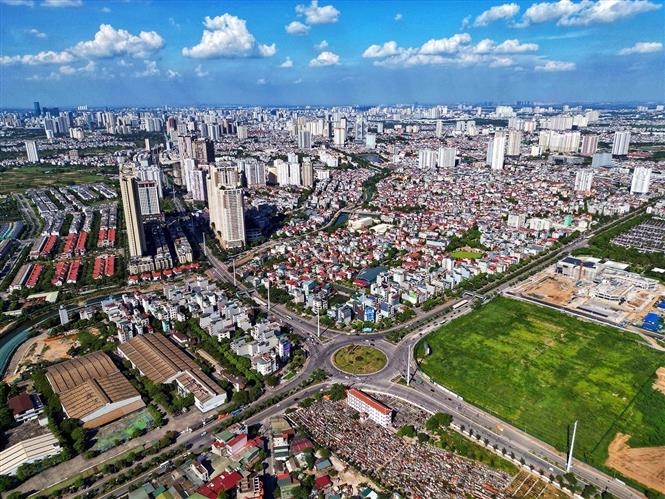 |
| Accelerating the progress of building a national land database plays an important role in providing a data platform, promoting transparency, access and exploitation of reliable land information. Photo: VNA |
Regarding the land database built by localities, currently 63/63 provinces and centrally run cities are building and completing the land database; 455/705 district-level units have completed the cadastral database with more than 46 million land plots put into operation to serve the state management of land and settlement of land administrative procedures for people and businesses; 705/705 district-level units have completed the land statistics and inventory database (from the 2019 inventory period) and put it into unified operation from the central to local levels; 325/705 district-level units have completed the construction of the land use planning and planning database; 300/705 district-level units have completed the construction of the land price database.
The centralized and unified land information and database system will provide a platform where data will be widely shared with other ministries, departments and sectors, promoting transparency and community access to update and exploit reliable land information. The exploitation and sharing of land information between agencies and stakeholders such as tax authorities, residents, etc. has initially been very effective, especially cadastral information to determine financial obligations on land, information related to land use origin, land prices and planning, land use plans, ensuring sustainability and effective management and use of land resources. Specifically, the exchange of land data information between the Land Registration Authority and the Tax Authority in determining financial obligations when land users conduct transactions on land and assets attached to land" has been carried out in 48/63 provinces and cities; 63/63 provinces and cities have made payments of financial obligations on land on the National Public Service Portal.
According to Mr. Nguyen Khac The, the connection and sharing of the national land database with the national population database under the direction of the Prime Minister in Project 06/CP has been implemented by the Ministry of Natural Resources and Environment to date, and has completed the connection and sharing of the national land database with the national population database with data of 461/705 district-level administrative units and 6,198/10,599 commune-level administrative units.
In addition, the Ministry of Natural Resources and Environment has made efforts to direct and guide localities in implementing online public services according to the direction of the Prime Minister in Decision No. 06/QD-TTg dated January 6, 2022, Decision No. 422/QD-TTg dated April 4, 2022.
Digital transformation, technology application
In the digital transformation roadmap towards digital government, digital economy, digital society, the key task set by the Prime Minister is to develop national digital data. In particular, natural resources and environmental data is one of the three most important data groups that any country must have a strategy to manage and exploit in the best way. National databases serving the implementation of basic and essential services related to people, businesses, and state agencies need to be developed first.
The e-Government Development Strategy towards Digital Government for the 2021-2025 period, with a vision to 2030, has identified data on population, land, and enterprises as core and pillar data that needs to be completed and put into early exploitation to guide, link, and unify all data in state agencies in all sectors and fields.
Mr. Nguyen Khac The, Deputy Head of the Department of Land Information Technology and Data (Ministry of Natural Resources and Environment) said that digital transformation in the land sector helps increase transparency, efficiency and modernity in land management, meeting the requirements of economic development and national construction in the current period.
Implementing the direction of the Party, Government, and Prime Minister, the Ministry of Natural Resources and Environment has issued a program on digital transformation of natural resources and environment by 2025, with a vision to 2030... In which, the goal is to strive to basically complete the national land database by 2025, updated on a Big data platform; ready to connect, share and provide a land information data platform to perform online public services for people and businesses, operate e-Government, move towards digital Government, develop digital economy, digital society.
The 2024 Land Law, recently passed by the National Assembly, stipulates that the Ministry of Natural Resources and Environment is responsible for: "Organizing the construction of central information technology infrastructure and building software for the National Land Information System to ensure that by 2025 the National Land Information System is put into operation and exploitation."
To complete the assigned goals, in the coming time, Mr. Nguyen Khac The said, the Ministry will focus on advising the Government to issue Decrees and issue Circulars under its authority to guide the implementation of the 2024 Land Law, in order to perfect institutions, policies, and legal basis for building, operating, and exploiting the national land database.
Along with that, the Ministry will focus on building the information technology infrastructure and application software of the National Land Information System, integrating and synchronizing land databases from localities for centralized and unified operation at the central level.
In particular, direct localities to actively and proactively accelerate the progress of building local land databases, ensuring connection and integration with the national land database by 2025.
Fourth, continue to promote connection and sharing of national land databases with other databases to maximize the effectiveness of the national land database.
Continue to review and restructure land business processes, carry out administrative reforms and digital transformation in the field of land management, creating favorable conditions for people and businesses to easily access and perform public services on land.
Source: https://baothuathienhue.vn/chinh-tri-xa-hoi/phap-luat-cuoc-song/xay-dung-co-so-du-lieu-quoc-gia-ve-dat-dai-dong-bo-va-hieu-qua-143661.html



![[Photo] Ho Chi Minh City people's affection for the parade](https://vstatic.vietnam.vn/vietnam/resource/IMAGE/2025/4/26/7fcb6bcae98e46fba1ca063dc570e7e5)
![[Photo] Readers' joy when receiving the supplement commemorating the 50th anniversary of the liberation of the South and national reunification of Nhan Dan Newspaper](https://vstatic.vietnam.vn/vietnam/resource/IMAGE/2025/4/26/283e56713da94988bf608393c0165723)
![[Photo] Young people line up to receive the special supplement commemorating the 50th anniversary of the Liberation of the South of Nhan Dan Newspaper](https://vstatic.vietnam.vn/vietnam/resource/IMAGE/2025/4/26/9e7e624ae81643eba5f3cdc232cd07a5)
![[Photo] Prime Minister Pham Minh Chinh chairs meeting of Steering Committee for key projects and railway projects](https://vstatic.vietnam.vn/vietnam/resource/IMAGE/2025/4/26/b9534596258a40a29ebd8edcdbd666ab)




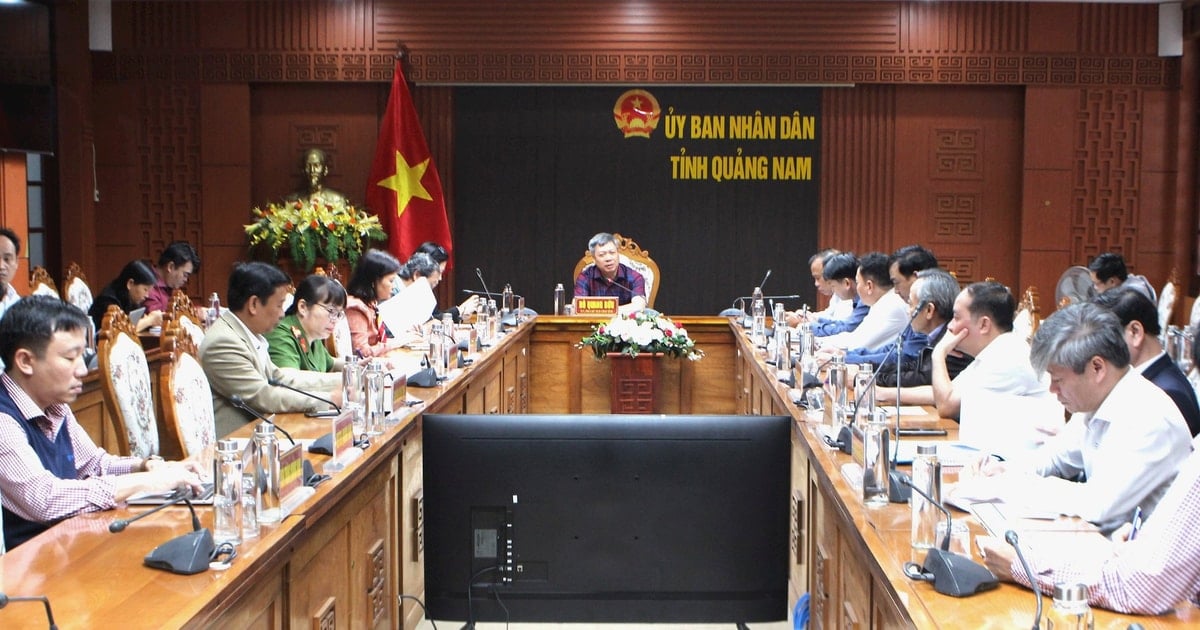



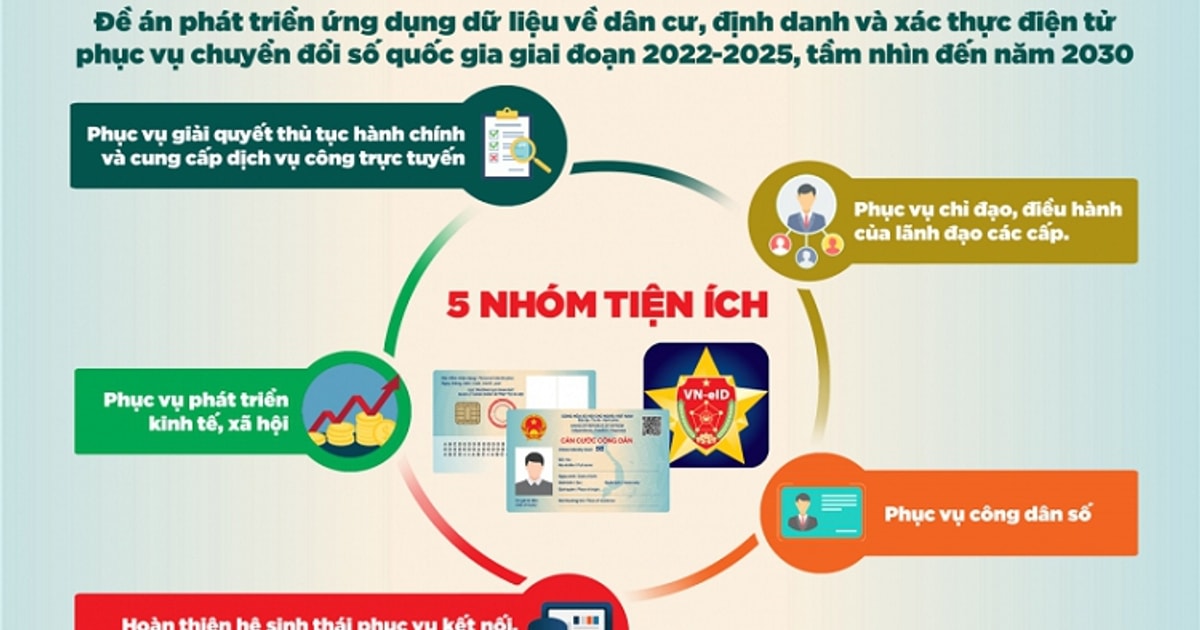













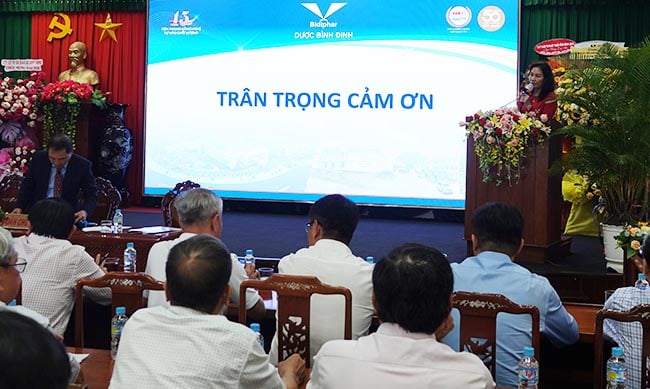



























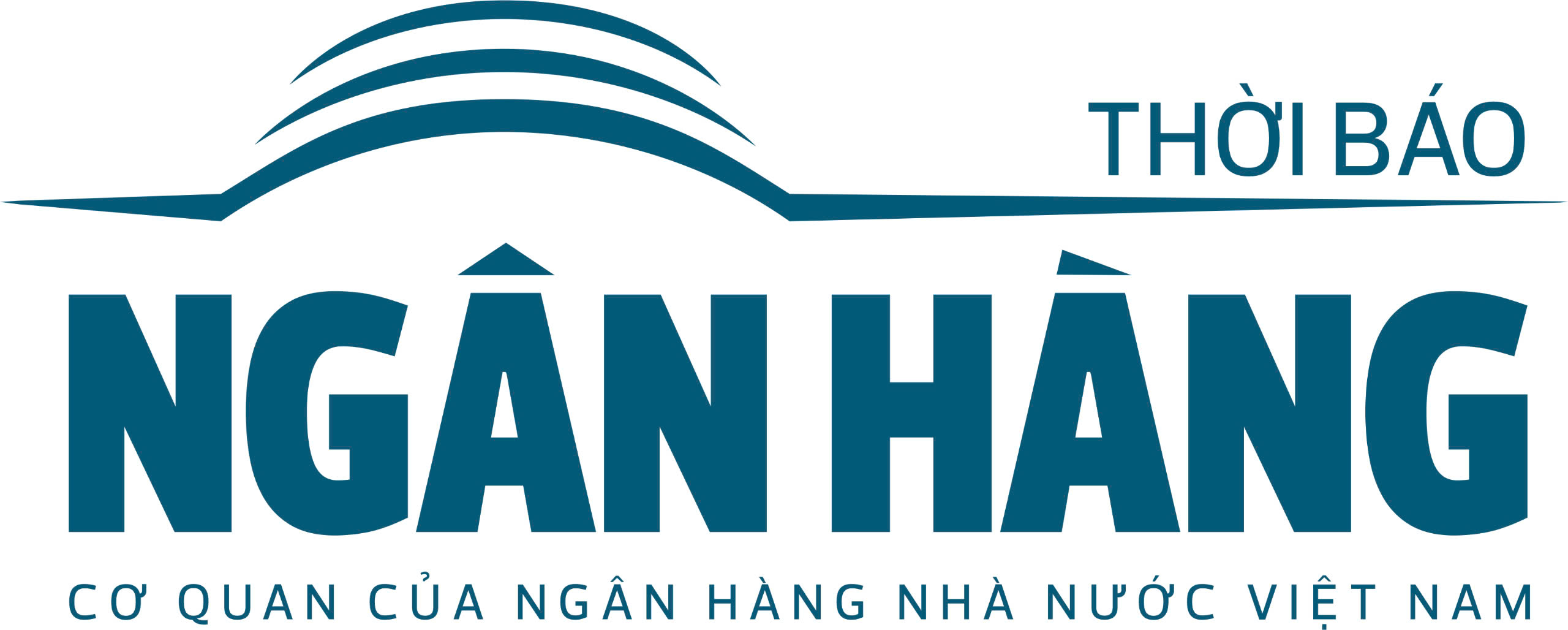






















![[Podcast]. Sunshine in the Garden](https://vstatic.vietnam.vn/vietnam/resource/IMAGE/2025/4/26/cff9465e7e8943709b733105183919d7)




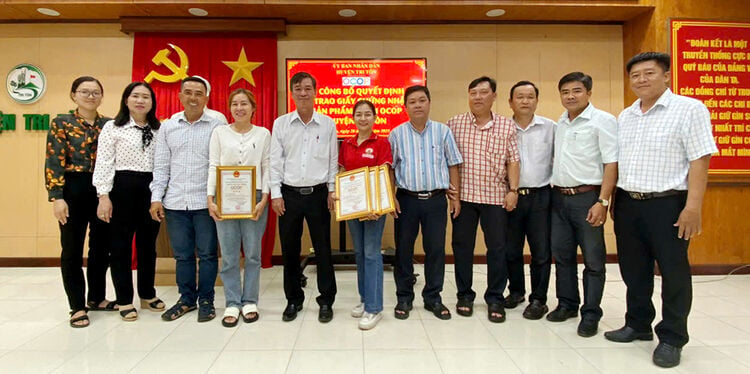






Comment (0)